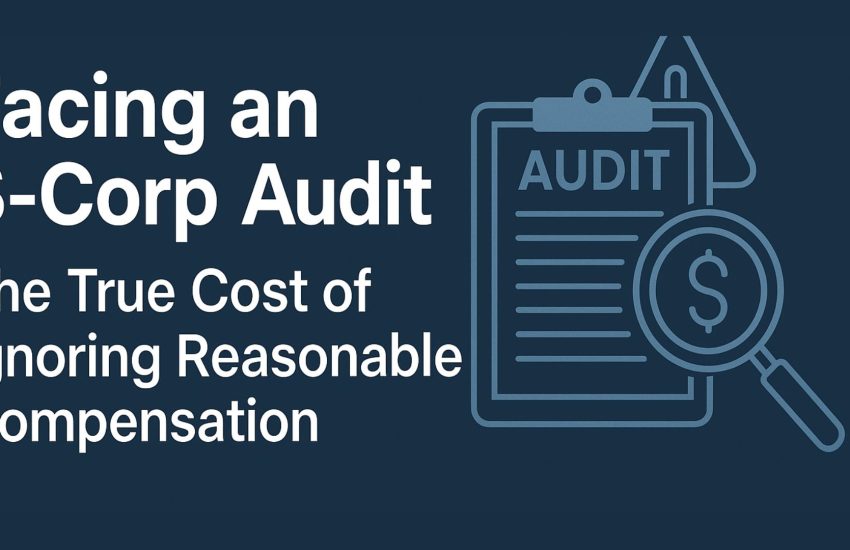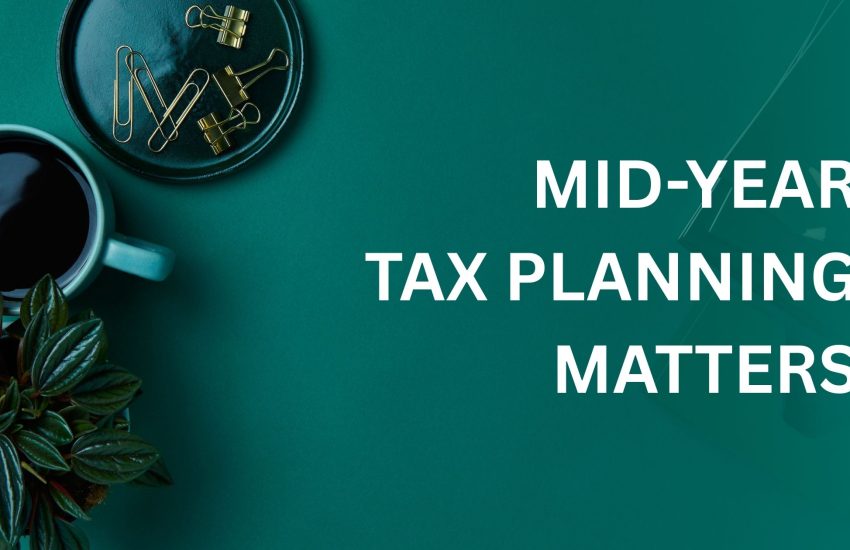Make Smart Retirement Account Distributions
When it comes time to set up a retirement account, taxpayers may have questions about contribution limits and income thresholds, but many fail to consider how their distributions will be taxed. Instead, down the road when a taxpayer begins working with a Certified Tax Planner, the tax professional ends up being the one to break the news about any unfortunate tax consequences they may see at retirement.
For example, what happens if you invest heavily in a retirement account but then need to make a withdrawal before reaching the minimum age of 59 ½? Taxpayers who are in the know might respond that early distributions result in a 10% tax on your withdrawn funds. While this is true, the more nuanced answer is it depends on when, where, and why you are taking the distribution—not every early withdrawal will incur a penalty. Asking the “when, where, and why” questions about retirement account distributions can help reduce negative tax consequences and ensure more of those dollars actually go toward supporting your livelihood.
THE WHEN
Consider when you want to take your retirement distributions—before you reach age 59 ½ or after? Account holders who find themselves in need of extra cash should first check if they qualify for any exceptions to the 10% penalty. The types of withdrawals that can be made before age 59 ½ from any retirement account are:
● Substantially equal periodic payments. This means that the distributions are made at regular intervals and of equal amounts. Payments must be made at least annually and the amount must be determined by the taxpayer’s life expectancy (and of their designated beneficiary, if relevant).
● Disability. In the case of permanent and total disability, the 10% penalty does not apply. Those who claim this exception should be prepared to provide supporting documentation until they reach age 59.5.
● Death. Distributions to beneficiaries or to the deceased’s estate will not be penalized.
● Medical expenses. These distributions must be used to pay for expenses that would qualify as itemized deductions on a tax return (see IRC §213).
● IRS levy. Taxpayers who are currently in collections or who are considering early distributions to pay for back taxes should note that they qualify for the exception, but in this case, the IRS itself must withdraw the money from the retirement account.
● Qualified reservist. This refers to military reservists who are called up to active duty for a period of at least 180 days.
THE WHERE
Another approach to avoiding the 10% penalty is to consider recent events in the region where you live. Has a natural disaster or other special circumstance leading to economic hardship happened in your area? If so, you may be allowed to avoid the early distribution penalty, spread the payment over more than one tax year, or repay the distribution. The guidelines to consider can be found in IRS Form 8915-F for “Qualified Disaster Retirement Plan Distributions and Repayments.” This form can be used to report qualified 2020 and future disaster distributions made in 2021 or after.
The list of qualifying disasters continues to grow, ranging from severe storms to farms and ranches struggling under droughts. Taxpayers would be wise to periodically check the list to determine if any of these circumstances apply to them. To qualify, the taxpayer’s home must be located in the qualified disaster area. The taxpayer also must have sustained an economic loss because of the disaster. The three potential qualifications for economic loss are:
● loss, damage to, or destruction of real or personal property from fire, flooding, looting, vandalism, theft, wind, or other cause
● loss related to displacement from your home, or
● loss of livelihood due to temporary or permanent layoffs.
If a taxpayer meets all three conditions, they can generally claim a qualified disaster distribution regardless of whether the distribution was made on account of a qualified disaster. When the President declares an official disaster, qualified disaster distributions are allowed regardless of need or the actual amount of economic loss.
Those looking to leverage this exception should note that there are typically timing requirements for the distribution. For example, distributions taken in tax year 2021 for disasters occurring in 2020 must have been made no later than June 24, 2021. Since instructions and requirements for this form may change from year to year, be sure to consult a Certified Tax Planner before assuming your distribution will be eligible for this tax break.
THE WHY
If you don’t qualify for any of the exceptions discussed above, you may still have a chance at avoiding the 10% early withdrawal penalty depending on the reason for your distribution and the type of account you have (qualified or non-qualified).
The following reasons for early withdrawals will not incur a penalty as long as you are pulling the funds from a non-qualified plan (IRA, SEP IRA, SIMPLE, etc.):
● Unemployed health insurance
● Higher education expenses
● First-time home purchase
If you have a qualified plan, unfortunately none of these reasons are eligible for exemption, and you will have to pay the 10% penalty. On the other hand, these reasons for withdrawal are acceptable if you have a qualified plan (but not with a non-qualified plan):
● Separation from service. This applies when an employee who is participating in a company retirement plan leaves that employer during the year that they turn age 55 or older—distributions taken after this point are exempt from the penalty. For “qualified public safety employees,” that threshold is lowered to age 50 or older.
● Divorce settlement. When a couple divorces and splits their assets, including retirement accounts, the rules for QDROs (Qualified Domestic Relations Orders) apply. Note that if money from an IRA is required to be distributed by a divorce settlement, it will be subject to the 10% penalty if the taxpayer who owns the account does not meet the age requirements.
Taxpayers may also qualify for an exception if they spend the funds on expenses related to the birth or adoption of a child.
SUMMARY
Sometimes taxpayers find themselves in a financial situation where making a withdrawal from their retirement account before age 59 ½ becomes necessary. In these cases, an understanding of tax law can make a huge difference, since the when, where, and why of the distribution can determine whether it’s subject to a 10% penalty or not. If the penalty does apply, you may want to consider a loan rather than a distribution, especially if the funds are needed to solve a short-term or temporary cash-flow problem.
Before making the decision to withdraw money from your retirement account, consult our firm for a Certified Tax Planner for personalized guidance on how to meet your financial needs both now and in the future.
Sincerely,
W.E. Stevens PC



